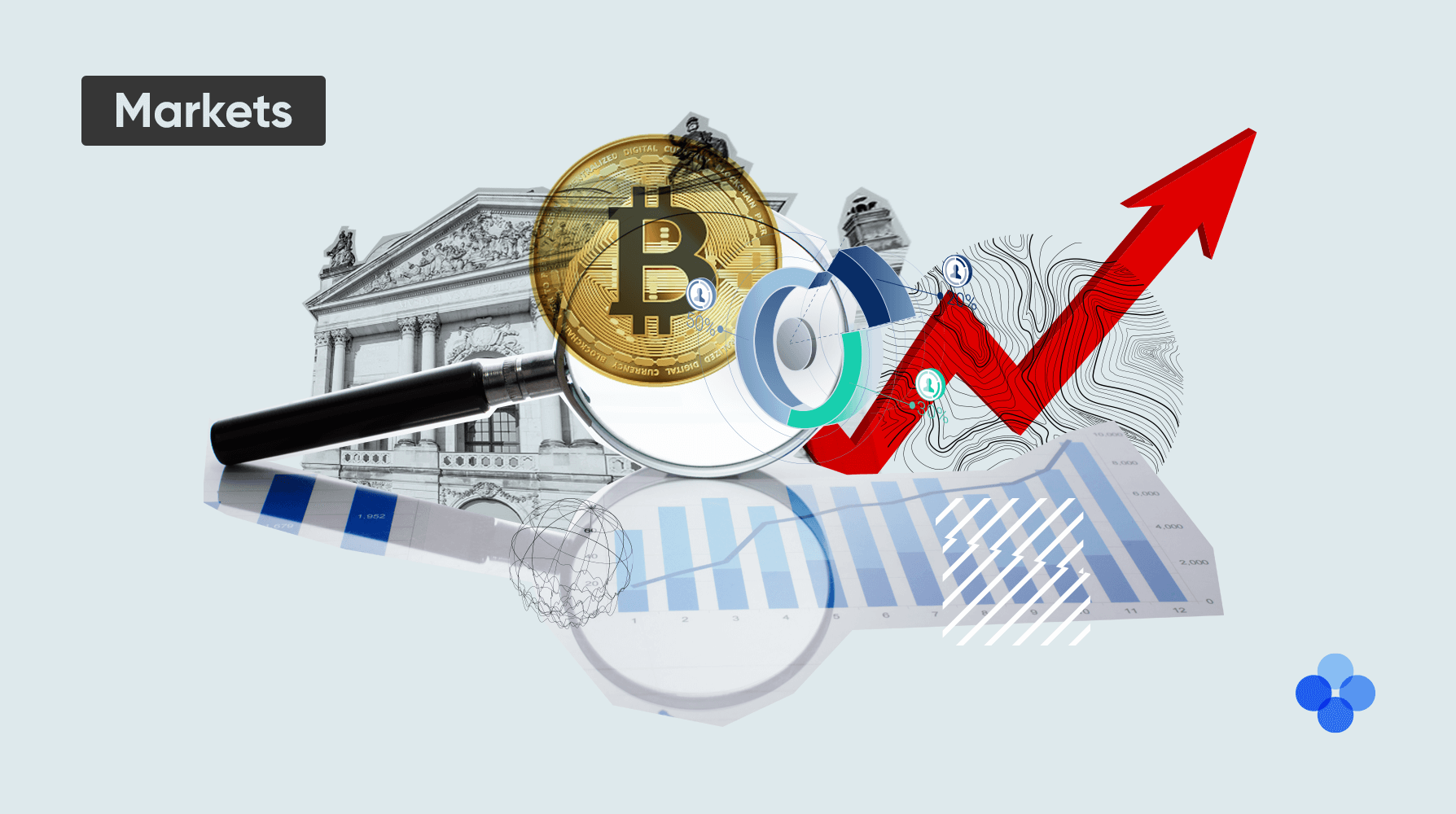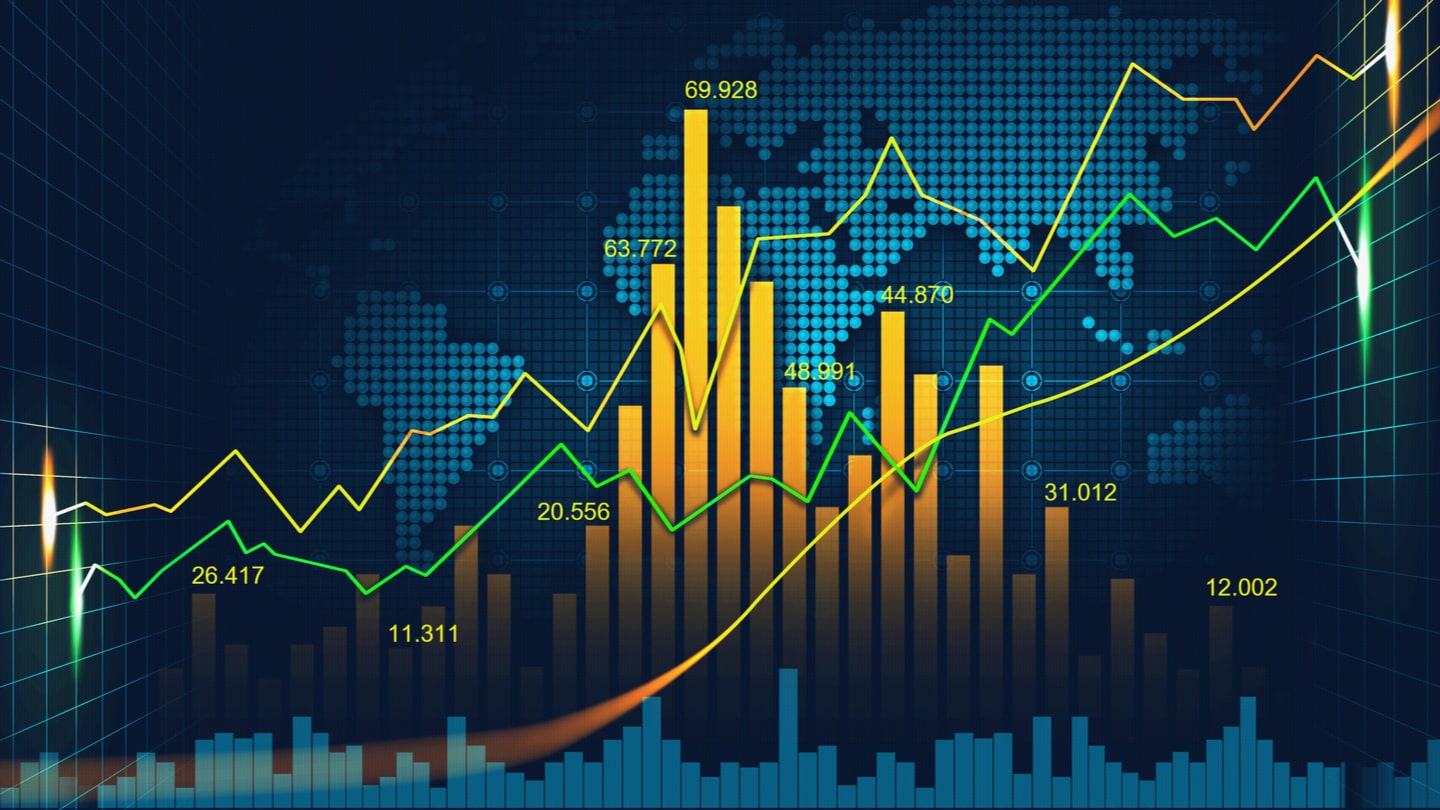Commodity Markets – Investors Alarmed at Rising Commodity Costs

In economics, a commodity is a non-monetary good, usually a fixed supply resource, which has a significant or even complete fungibility: that is, that the marketplace treats cases of the good as equally or even more valuable as instances of other goods. Commodity goods typically include food and other products such as oil, gold, silver, gas, and other precious metals. In fact, in many ways the modern age is often viewed as a case of Commodity Magic: there are always prices for virtually everything, and human beings have long been willing to pay those prices. In fact, one of the largest challenges of modern day economics is determining what Commodity is best defined as – that is, what things that are produced by modern industry are worth in the marketplace and how those costs are incorporated into the pricing of those goods and services.
The modern interpretation of commodity prices occurs through the use of the theories of modern foreign exchange trading, which seek to demonstrate that exchange-traded funds (ETFS’s) are useful ways to diversify a portfolio and offset risk. For example, by using commodity futures and options contracts, investors can mitigate some of the risk that is inherent in traditional investment vehicles such as treasury bonds, common stocks, and even bank deposits. Similarly, by using ETFS to hedge exposure to certain types of assets, even those whose intrinsic value may be debatable such as oil or the metals, these instruments allow investors to “lock” their returns to these commodities. The protection afforded by Commodity Exchange Traded Funds also allows these instruments to provide diversification to a portfolio that may not otherwise have adequate buffer. It is for these reasons that investors have been especially eager to use Commodity Exchange Traded Funds (CETF) and other Commodity Efficient Funds to spread their risk.
One area that the Study of Commodity Markets has had a profound impact on is the study of petroleum and agricultural commodities. The most obvious area where these two types of tradable products have had an impact is the increased volume of gasoline sold as a result of soaring oil prices. Farm commodity prices have also tracked the price of gas and cotton in recent years with the sales of soybeans in particular experiencing record highs in recent times. In addition to Farm Commodity and Gasoline, there has been a sharp increase in the sales of agricultural commodities such as sugar, cocoa, wheat, beef, pork bellies, oats, barley, corn, and other agricultural products as of late; as prices of these commodities have continued to rise.



